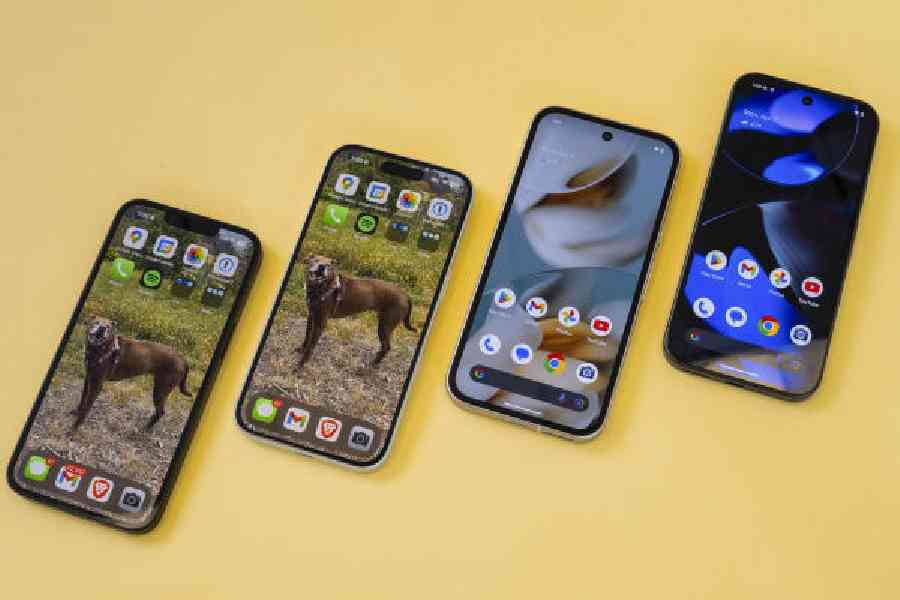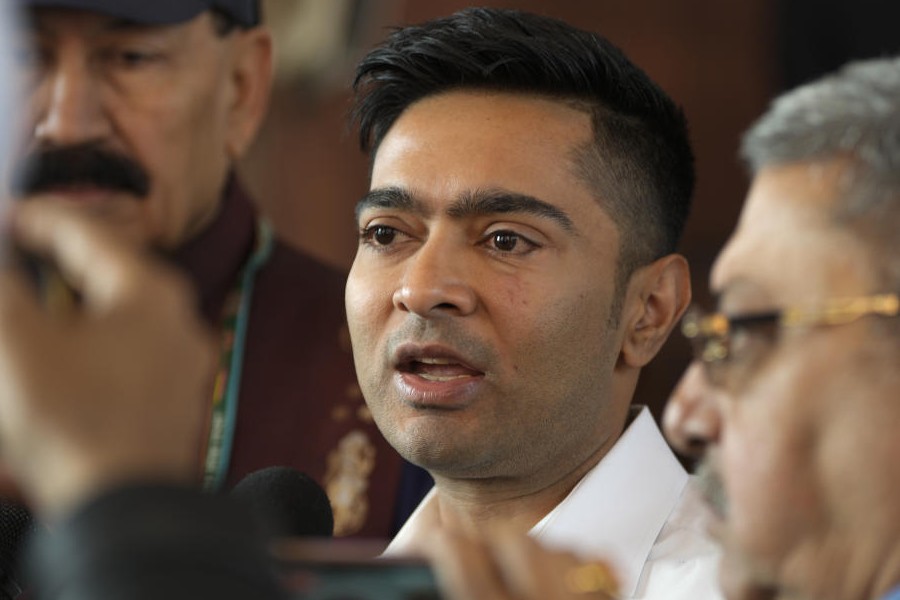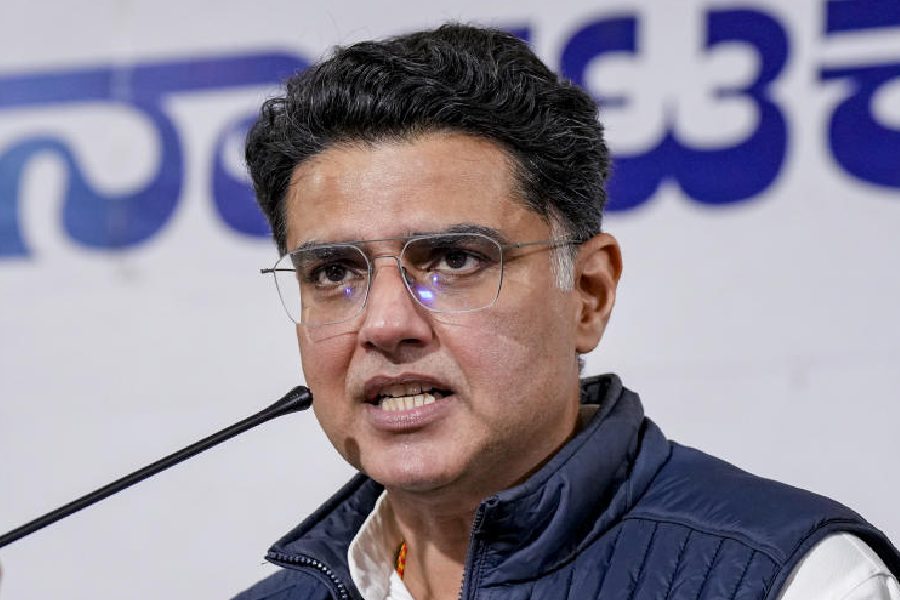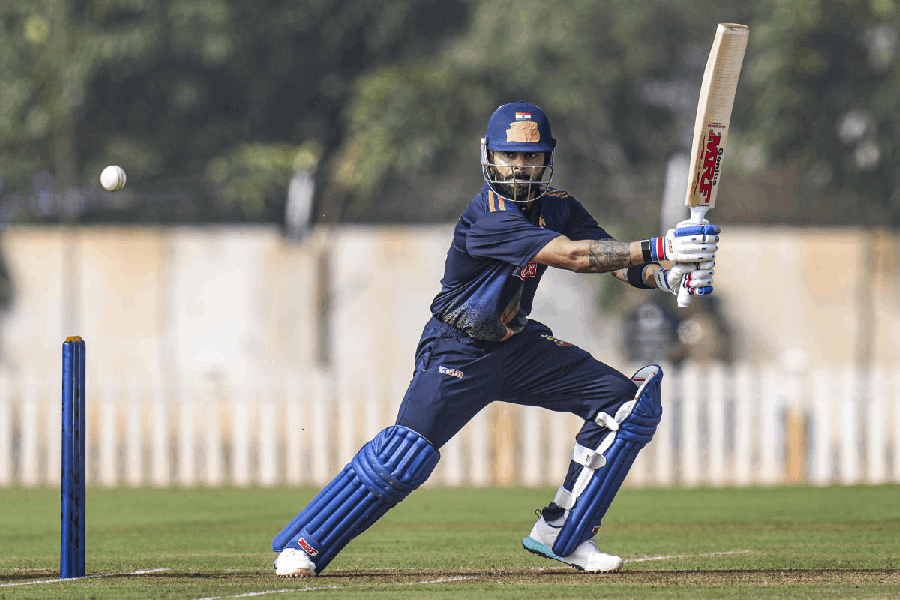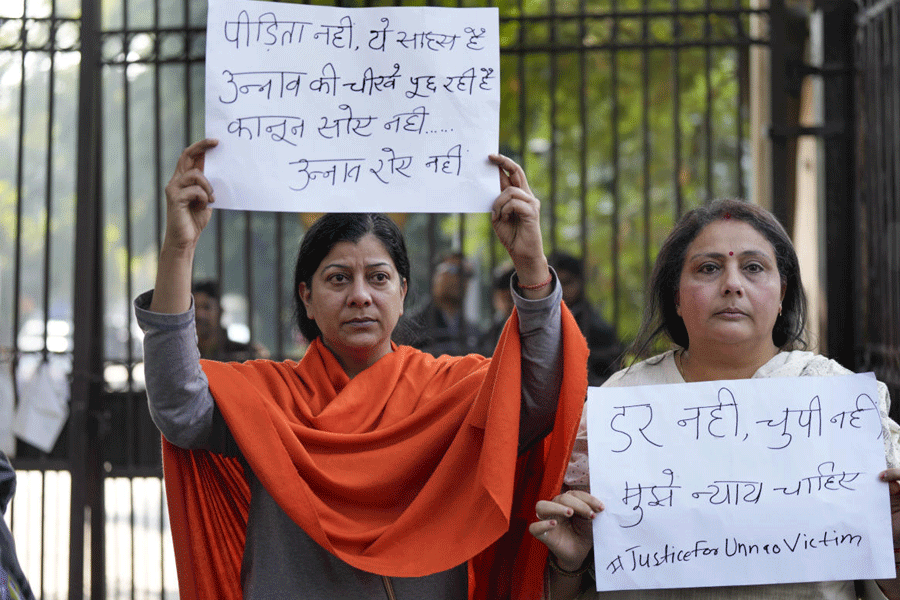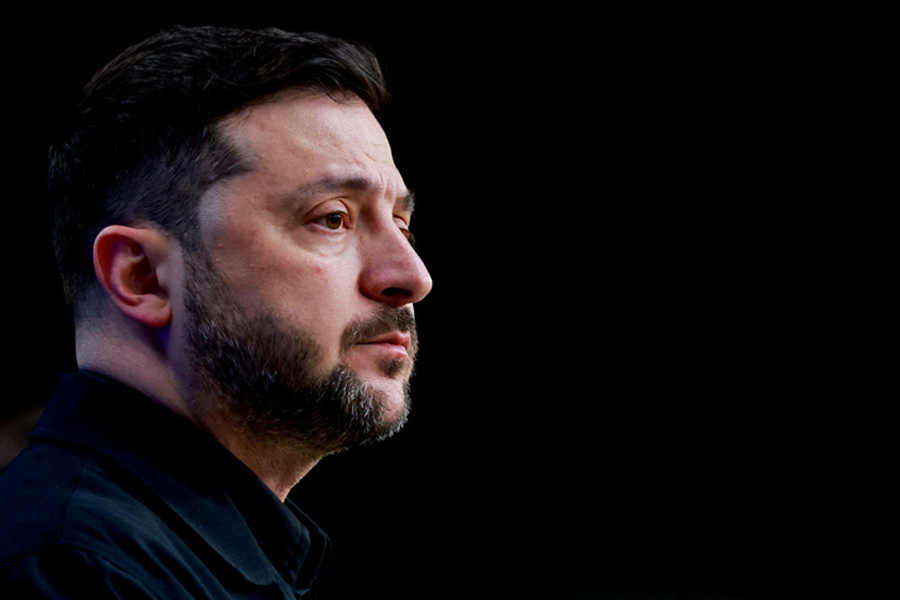With all the talk about tariffs driving up costs, the word “cheaper” should bring comfort to just about anyone. That’s why I’m delighted to share that the cheaper smartphone from Google has arrived, a few months after Apple released a somewhat cheaper entry-level iPhone — and that both products are very good.
Google recently released the Pixel 9a, the $500 (nearly ₹43,000) sibling of its $800 (₹68,300) flagship smartphone, the Pixel 9. It competes directly with the $600 (₹51,000) iPhone 16e released in February, the cheaper version of Apple’s $800 iPhone 16.
Both the new phones have the staples that people care most about — great cameras, nice screens, zippy speeds, modern software and long battery life. To cut costs, they omit some fancier extras, like advanced camera features.
Is it wise to save some bucks or spend more on the fancier phones? To find out, I strapped on a fanny pack and carried all four phones with me all week to run tests.
The Big Picture
The cheaper iPhone and Pixel look nearly identical to their more expensive siblings. Here’s a rundown of how they compare:
n The screens on the phones are the same size. The cheaper iPhone screen is slightly dimmer but the difference is hardly noticeable.
n Both cheaper phones lack some camera features. The Pixel 9a’s camera sensor is smaller than the Pixel 9’s, meaning it will capture less detail and light. The iPhone 16e’s camera has one camera lens instead of two.
n Both less expensive phones are slightly less powerful. All four phones include the same computer processors. But the Pixel 9a has less memory for running multiple apps and the iPhone 16e has a slightly weaker graphics processing unit for running games with heavy animation.
n The iPhone 16e lacks the iPhone 16’s MagSafe feature, which uses a magnet to attach accessories such as power chargers to the back of the phone. The phone can still be charged wirelessly, however, using a slower charging standard called Qi.
n Both phones can take advantage of artificial intelligence. The iPhone 16e can use Apple Intelligence to summarise text, generate images and remove photo bombers from pictures. The Pixel 9a can run Google’s AI, including the Gemini chatbot and similar photo editing tools. But both companies are still developing their AI software, which remains largely unfinished, so this feature may not be that important to most phone users.
Battery
Long battery life is high on the priority list for people buying a new phone, and the cheaper Pixel 9a and iPhone 16e are the clear winners here. Both the phones lasted about a day and a half with general use, including web browsing, photo shooting and video playing, before their batteries were depleted. The iPhone 16 and Pixel 9 both lasted about a day.
Camera Tests
The downside of buying cheaper phones were most pronounced in their cameras. I took my corgi Max to a park to take photos of him in various lighting conditions, including bright daylight, in the shade and in partly shaded areas. In general, photos taken with both the Pixel 9a and Pixel 9 looked consistently clear, with accurate colours.
But the Pixel 9a’s weaknesses were visible in more challenging lighting conditions, such as when Max sat on a shaded path with sunlight filtering through the trees. The Pixel 9a struggled to distinguish the light from the shade.
When I tested the iPhone 16e and iPhone 16 cameras, they excelled in all these tests, and the results were nearly indistinguishable.
So the main downside of the cheaper iPhone camera is simply what it can’t do. Because the iPhone 16e lacks a second lens, I wasn’t able to take an ultrawide shot of Max running in a field.
Speed
The more expensive phones slightly outperformed the cheaper phones in terms of speed.
According to the speed-testing app Geekbench, the Pixel 9a is about 4 per cent slower than the Pixel 9, and the iPhone 16e is 3 per cent slower than the iPhone 16. In real-world use, most people probably won’t notice a difference.
If you care mostly about having a smartphone with long battery life and a good camera, you’d be happy with either the iPhone 16e or Pixel 9a. But if you care a lot about any of the premium features missing from the cheaper phones, such as taking more detailed, better-looking photos or using Apple’s MagSafe to charge your iPhone, then spending more is still a fine idea.
Just get ready to think of a smartphone as a longer-term investment, similar to a car, since prices are likely to go up soon.
NYTNS

